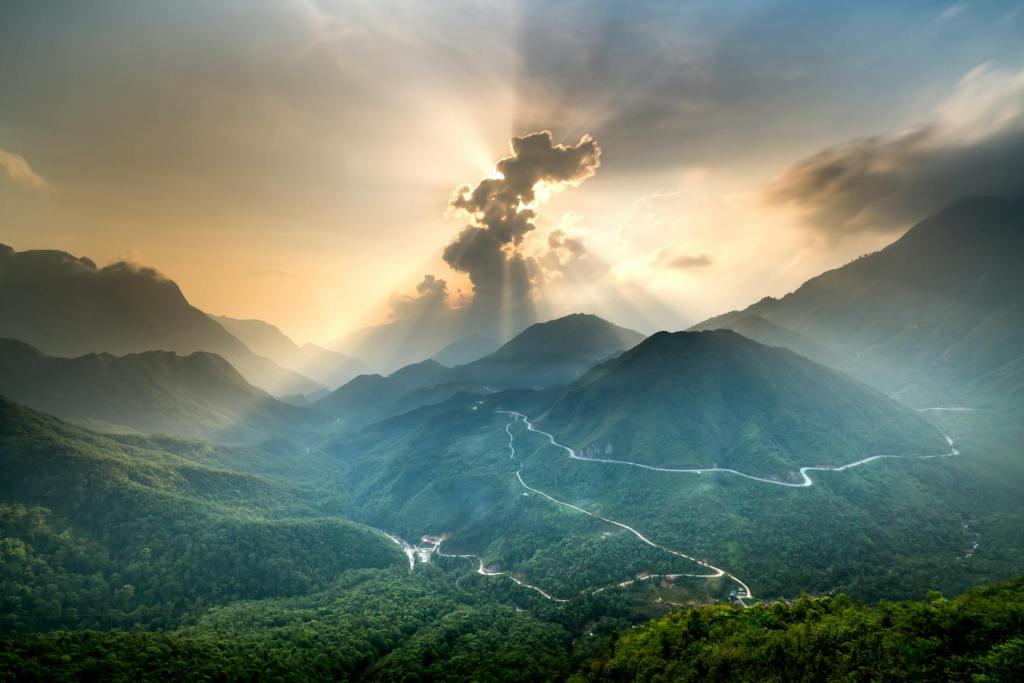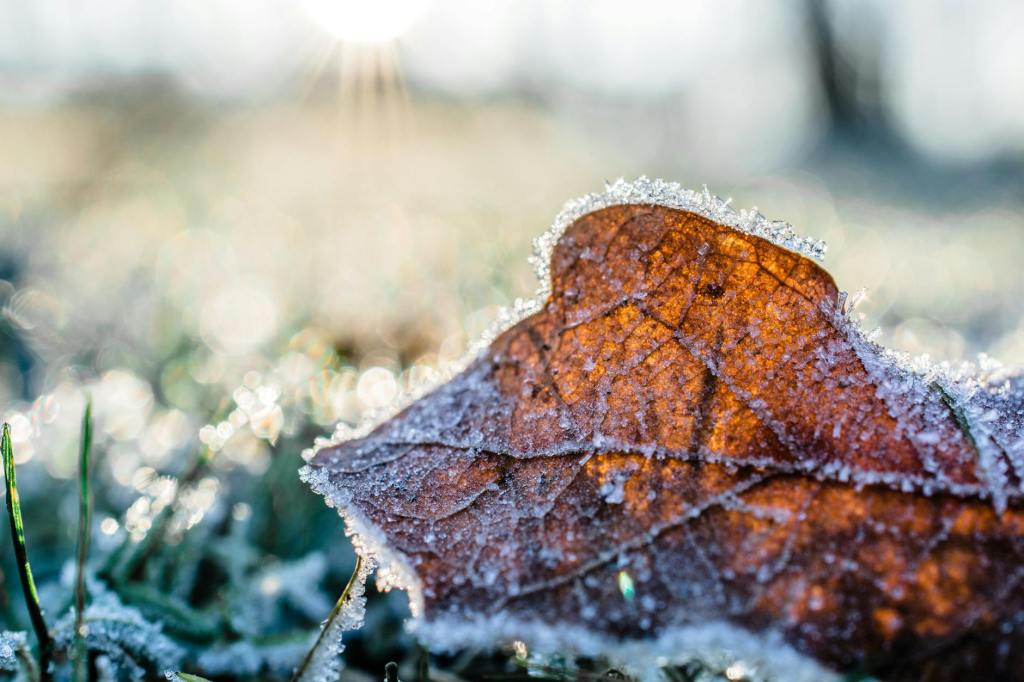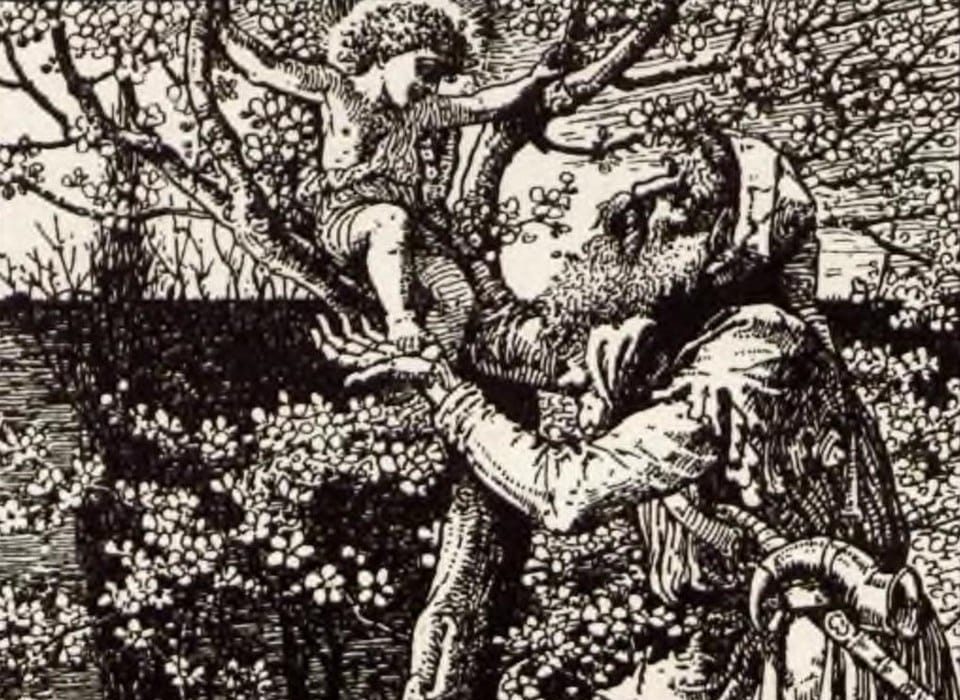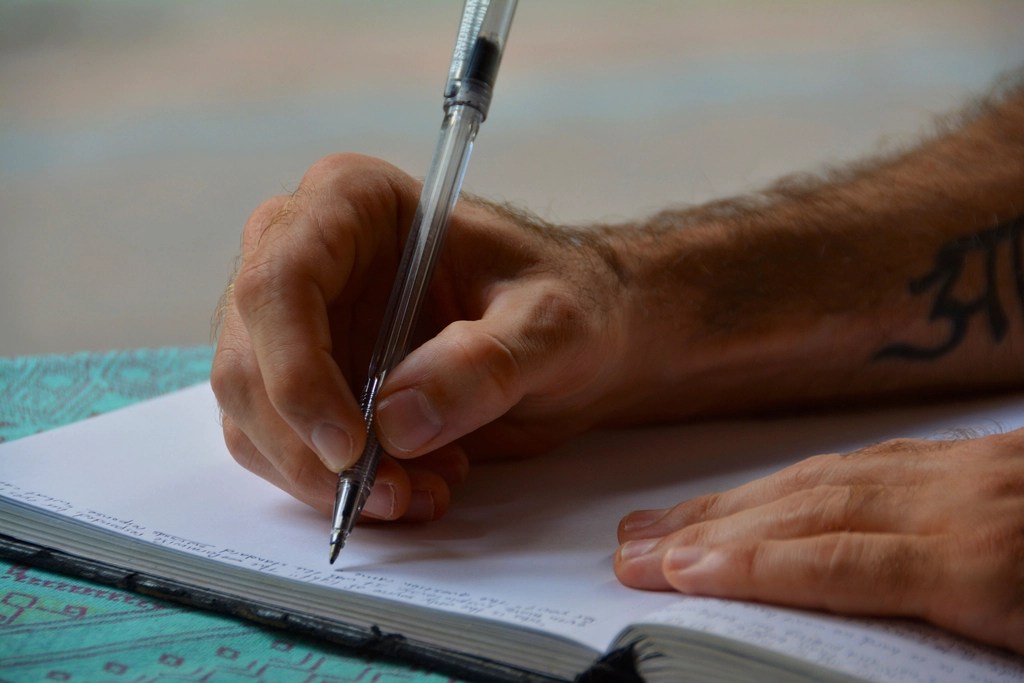Many literary movements have changed the face of writing forever. Some of them only stick around for a short while, while other carry on in many iterations. The Romantic Movement is an influential literary movement as it would later spawn many complimentary genres. In this post, we are going to take a closer look at the Romantic Movement.
History of the Romanticism Movement
Catalysts and Causes
The Neoclassical-era ended around 1798 with the ending of the French and American Revolutions and the publication of Lyrical Ballads by William Wordsworth. These were a few of the major factors moving society away from the classics. From this style, we see a relaxed view of complex diction and a need to convey literature to the common man. Therefore, complex styles were turned down for more approachable voices.
Other contributing factors to the Romantic Movement included immigration, which helped create an “American” identity due to the massive amount of foreign cultures entering the country. This was a sort of “melting pot” idea of new literature arising from the mix.
This movement challenged the ideas of the Age of Reason. That is to say, it strayed from the cold and calculating thought process in regards to man and nature. With the Romantics, we see a great reverence for nature itself and for man. Even if humanity is flawed in many ways. As society moved away from reason, order, and scientific rationalism, the artists dug deep into the human factor and who we are as a people.
Heroes of the Romantic Movement
There were many authors during the Romantic Movement. Ralph Waldo Emerson, for instance, discussed ideas of personal sovereignty in Self-Reliance (1841). Likewise, we have William Wordsworth, who published Lyrical Ballads (1798), and Samuel Taylor Coleridge, who published The Rime of the Ancient Mariner (1798). Furthermore, Percy Bysshe Shelley wrote and published Ode to the West Wind and John Keats wrote and published Ode to a Nightingale.
Keats also wrote the poem “To Autumn” which does well to encapsulate the movement in application.
Here’s an excerpt:
Where are the songs of spring? Ay, Where are they?
Think not of them, thou hast thy music too,—
While barred clouds bloom the soft-dying day,
And touch the stubble-plains with rosy hue;
Then in a wailful choir the small gnats mourn
Among the river sallows, borne aloft
Or sinking as the light wind lives or dies;
And full-grown lambs loud bleat from hilly bourn;
Hedge-crickets sing; and now with treble soft
The red-breast whistles from a garden-croft;
And gathering swallows twitter in the skies.
We can also look at the female authors of this time and the women in books for an understanding of the movement. We have the Bronte sisters, Jane Austen, and Mary Shelley—all who contributed great works to the movement even though they had to publish under male pseudonyms to get published.
Characters of the Romantics
In addition to authors, their characters came to life as well. One might think of James Fenimore Cooper’s Natty Bumpo, from The Last of the Mohicans, and his intuitive, ethical nature. In literature, women were often treated as the goal or pinnacle men’s passions, from Edgar Allen Poe’s lost Lenore, to Dr. Frankenstein’s wife, Elizabeth Lavenza, and so on. This era is definitely potent for feminist critique and appraisal.
Conclusion
The Romanticism movement created fertile ground for other movements to grow from. Gothic literature would supersede this movement and would have huge impact on many types of literature. Likewise, the Transcendentalists, modernists, and existentialists, all took ideas of personality and emotion from this movement. While evolved into separate genres now, it was once an important movement in writing history.





Leave a comment